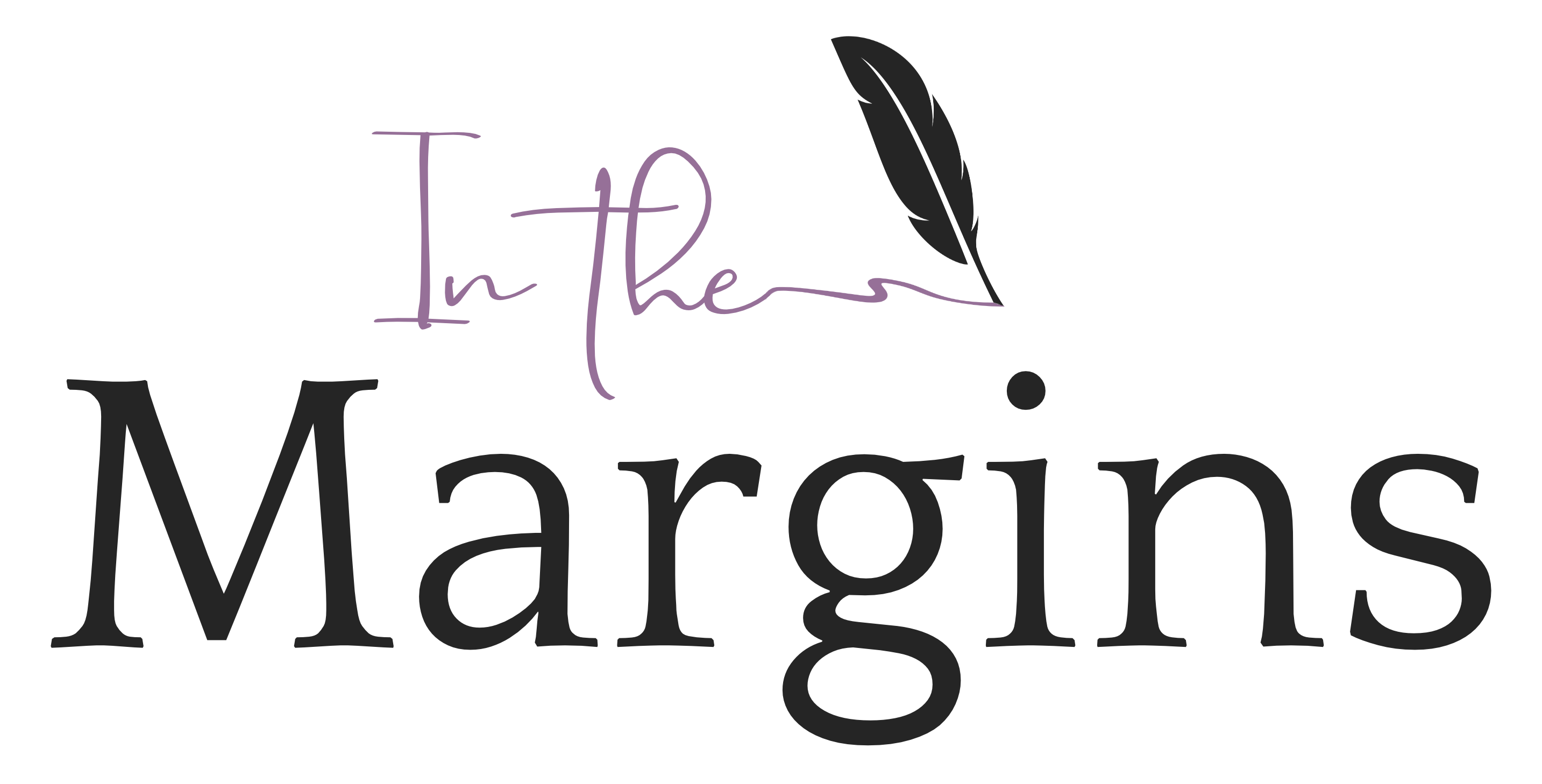As we witness an upheaval taking place across the social media landscape, it’s important for authors to have a website to serve as the centerpiece of their author brand presence.
For many, it sounds like a lot of work.
So, why is it important?
Your Website = Your Center
Unlike a social media platform, your author website is a space YOU control and curate—your brand, your voice, your content. It becomes the beginning of the web you’re weaving, stretching outward to connect you with your readers, fellow writers, literary agents, other publishing professionals, etc.
How do you make it happen?
Claim Your Domain
If you haven’t already, register a URL. This should be YourName[dot]com or PenName[dot]com.
“Ugh, I hate ‘dot com.’ Why not a cooler extension?”
With “dot com” being the top-level and most popular domain extension, many of us naturally try that first when looking for a website. Other extensions may look better, but go with what will be easiest to find—or if you have the dough, get both to keep yourself happy and have the dot com redirect to still make it easier on your readers!)
If your name (or pen name) is already taken, choose something close but appropriate and professional, such as YourNameAuthor[dot]com or PenNameWrites[dot]com.
Establish Your Brand
Your author brand should be approached with intention. It’s about how you want to be seen and perceived by readers and the publishing industry.
Visually, this is accomplished through careful curation of brand colors, typography, and imagery appropriate to your own public persona and your books and their genre(s).
Important: Try to keep accessibility in mind—low contrast color combinations and fancy fonts can be difficult to read for anyone, but can be completely unreadable by a screen reader.
Your brand’s voice comes down to your intentions and values, your books (content and genre), and how you use these things to communicate and connect with your audience.
Pick a Website Builder and Template
You don’t need to be a web designer (although if you can hire one, that’s great). You just need to be able to handle the basics. Choose a site builder such as Squarespace, WordPress, Wix, etc. Choose a template, plug in your brand colors and typography, and work from there.
Add Key Information
- Links to purchase your books. (If you haven’t published yet, then let your audience know what’s coming and, if you have a release date, when.)
- Author bio and headshot.
- A form of contact (literally, a form—don’t have your email address out there for spambots/phishing attempts).
- Social links. Add them to the header and footer and keep them updated.
Get Your Audience on Board
Once you’ve built your website and established your brand, you’ll need to make sure that readers are aware of your site and that they see it as a source of news, a place to purchase books, learn more about you, etc.
Start a Newsletter
Collect newsletter subscribers as a more frequent/urgent method of keeping in touch and updating your readers in the event that a social media platform falls or if for some reason you need to move your web presence.
In Short?
Make sure that YOU are in control of how you remain in contact with your target audience and how that audience perceives you as an author.
If you’re not sure where to start, that’s OK.
For folks who feel overwhelmed by the idea of building and maintaining their own website, or for those who aren’t sure where to begin with their personal brand, I offer marketing strategy sessions to help authors develop their brand and website consultations geared toward helping those who aren’t comfortable with site design and drafting copy.
Hit me up and let’s get that web spun.

